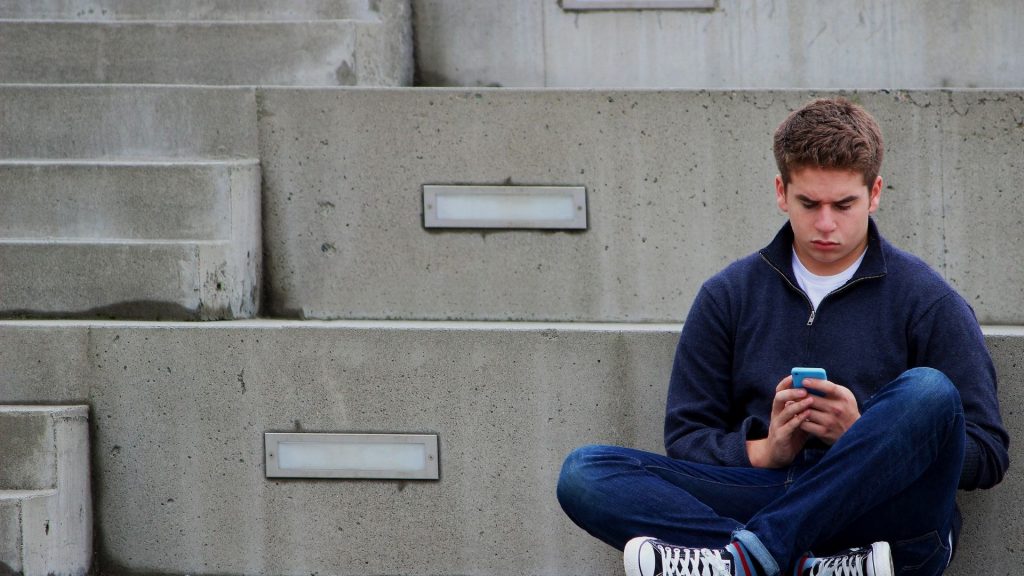Large Number Of Teens Report ‘Almost Constantly’ Being On Social Media
A new report polling teenagers found that most of them reported almost constant social media use during the day.

Teen internet use has increased throughout the years. But after being isolated during excessive COVID lockdowns, social media became a significant means of communication for many middle school and high school students. Now, a new PEW Research Poll has confirmed that masses of teenagers admit to “almost constantly” engaging in social media use.
More than 1,300 teens were surveyed about their social media use. They ranged from 13-17 years old, so this information excludes 18-year-old high school students and young adults entering college who also rely on social media use to communicate. 35% of teens surveyed admitted to “almost constantly” engaging on at least one of five platforms listed. These were Facebook, Instagram, Snapchat, YouTube, and TikTok. This social media use pattern has nearly doubled since 2015. 46% of teenagers now say they are online “almost constantly.”
So far, only 1 in 6 teens stated that they are on TikTok. This is widely popular with young social media users and is one of the fastest-growing platforms available. This high level of digital connection displays a growing shift in youth activities.
More than half of American teenagers have stated that it would be at least somewhat hard to curb their social media use. While select schools are banning cell phones, some parents and students oppose these measures. Regardless, the connection between mental health issues and social media use may be linked to the ongoing national emergency in youth mental health. In order to guide teenage students into becoming healthy well-minded adults, examining the links between social media use, mental health, and balancing real-life interactions with these factors may present long-term solutions that benefit generations in the future as technology continues to advance.
Students were encouraged to spend more time online, learning through virtual lessons during school closures, starting in 2020. Public education officials lobbied to keep classes remote knowing that screen addiction and lack of social interactions often affect youth mental health. After in-person learning resumed, students struggled to focus and regain a sense of normalcy. Regular after-school sports and other programs are still suffering from low participation and youth social media use is becoming a major issue for many parents, educators, and lawmakers because of its addictive nature.
Teen social media use is a growing trend that isn’t likely to end any time soon. Despite numerous warnings to parents that these platforms are addictive and can even heighten the risk of serious mental health issues — like anxiety, depression, and even suicidal thoughts — plenty of parents allow their children to have access to cell phones and popular apps. This may contribute to the youth mental health crisis being that more and more teenagers are joining social media platforms every day.

Parents and teachers are having to find new creative ways to keep children engaged in the real world and combat screen addictions which often pull focus away from various in-person interactions. Restricting cell phone use until children are older only goes so far. Working to provide limits and teach teenage internet users the value of balancing their social media interactions with real-life experiences is a struggle that families and educators alike are working to find effective methods for.







